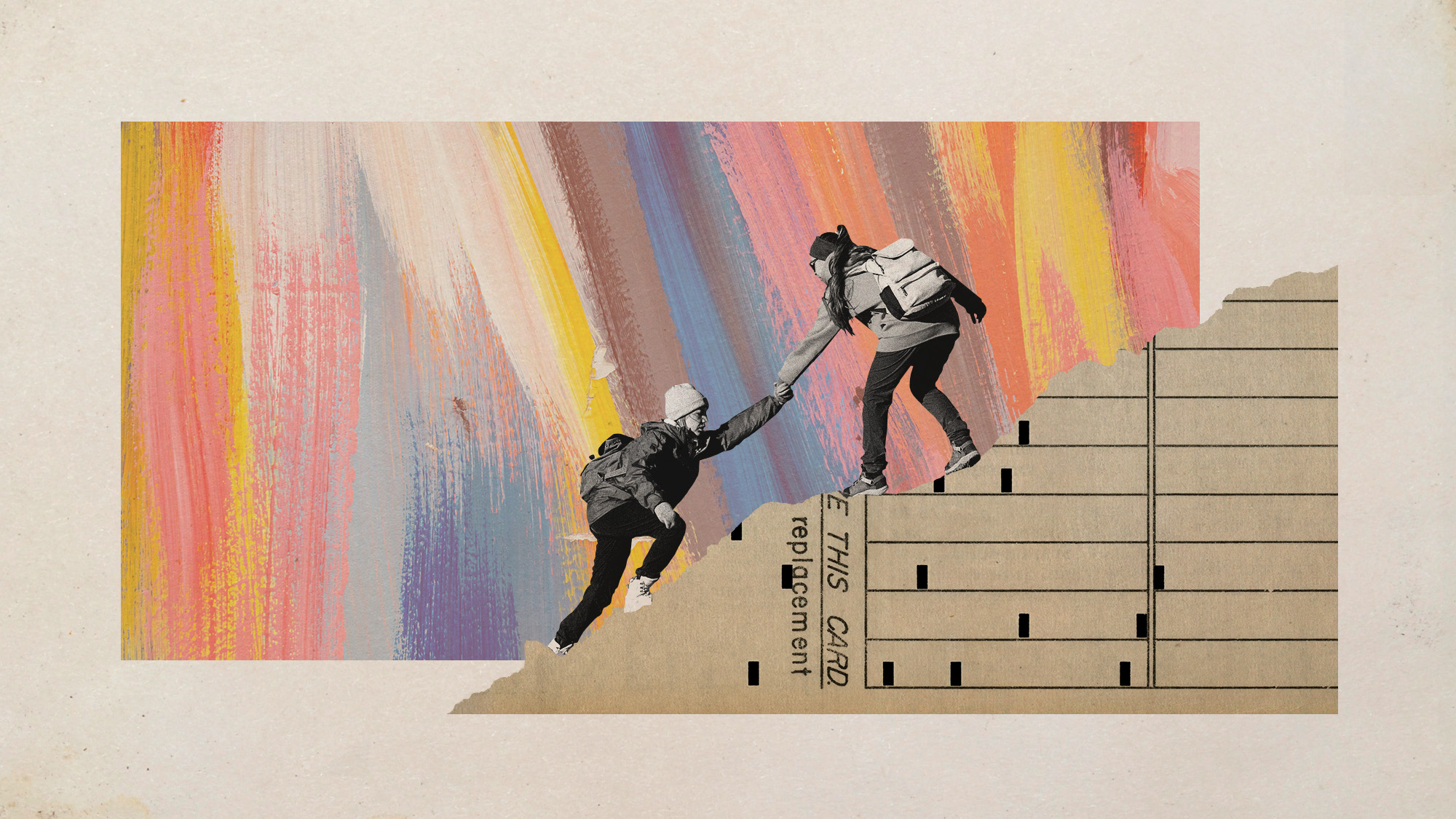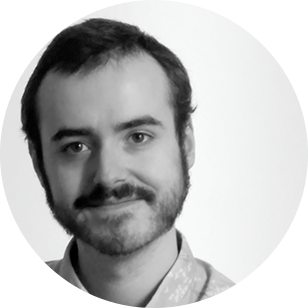No, the GOP isn't bringing back trickle-down economics
They may, however, bring back supply-side economics. Here's the difference.


You may have heard there's a presidential campaign going on. One of the favorite lines of attack by Democrats against Republicans is the idea of "trickle-down economics." It goes something like this: Republicans believe in trickle-down economics, trickle-down economics is bad, thus Republicans are bad. That was basically the content of Barack Obama's attacks on Mitt Romney in 2012 (he did make an easy target), and Hillary Clinton is fond of reprising the cliché on Twitter and on the stump.
Now, "trickle-down economics" is a term of abuse used to refer to "supply-side economics." But the two are actually vastly different from one another. Supply-side economics is popular in the GOP, but it's very different from "trickle-down economics."
How so?
The Week
Escape your echo chamber. Get the facts behind the news, plus analysis from multiple perspectives.

Sign up for The Week's Free Newsletters
From our morning news briefing to a weekly Good News Newsletter, get the best of The Week delivered directly to your inbox.
From our morning news briefing to a weekly Good News Newsletter, get the best of The Week delivered directly to your inbox.
Well, everyone knows what is meant by "trickle-down economics." Trickle-down economics is the idea that the more money the rich have, the more they will spend, and the more they spend, the more jobs will be created. The money trickles down.
There are many problems with trickle-down economics, starting with the fact that it doesn't seem to be empirically true, at least in many cases — the rich have rarely been richer, and yet they seem to be saving all of this money, not spending it.
And yes, there is something morally distasteful about it.
But wait, isn't that the same thing as supply-side economics? Isn't supply-side economics about cutting taxes on the rich, and so — somehow — there will be more growth and the rising tide will raise all boats?
A free daily email with the biggest news stories of the day – and the best features from TheWeek.com
The best one-sentence explanation of the fundamental difference between trickle-down economics and supply-side economics was given by the Silicon Valley investor Paul Graham, perhaps unintentionally (as far as I know he doesn't have an economics degree, nor do I know his specific economic or political views). Here's what Graham wrote: "I'm not saying that if you let Henry Ford get rich, he'll hire you as a waiter at his next party. I'm saying that he'll make you a tractor to replace your horse."
How is that different than supply-side's nemesis, "demand-side" economics?
Proponents of the demand-side believe that what creates economic activity is consumption. We want to buy goods and services, and that makes people and companies provide those goods and services. When there's a recession, we should boost demand — whether by government spending or tax cuts or something else — to bring the economy back online.
While there's a lot of merit to the demand-side view for short-term economic fluctuations, supply-siders like myself believe that it is human creativity writ large which, over the long term, creates economic prosperity. The automobile revolution had a tremendous impact in raising growth and living standards across the world in the 20th century, and it happened because Henry Ford and others invented affordable, mass-produceable, automobiles.
Cutting income taxes might or might not be trickle-down economics, but it's demand-side economics: It wants to improve things by getting people to spend more money (by cutting their taxes).
The idea with supply-side economics, then, is not about wealth trickling down, it's about encouraging investment — including, yes, by cutting taxes — so that we have more Henry Ford-like innovations. And, by the way, supply-siders have been proven right. For many decades across the Western world, in the U.S., Britain, and Sweden, capital gains taxes — that is, taxes on investment — were very high, because they were taxes on the rich. Now even Sweden has low capital gains taxes, because experience shows that encouraging investment boosts long-term growth.
Now, supply-side economics, at least as it is mostly understood, is not Gospel. Just favoring financial investment probably isn't great for inequality, and probably causes diminishing returns. Cutting capital gains taxes from 20 percent to 10 percent gives you less bang for your buck than cutting them from 70 percent to 35 percent. So, what "reform conservatives" like Senators Marco Rubio (Fla.) and Mike Lee (Utah) argue is that true supply-side economics promotes investment in the broad sense, including investment in human capital, i.e. families. This is why Rubio's plan cuts investment taxes dramatically, but also dramatically expands the per-child tax credit for middle-class families.
But in any case, that's another debate, one which I believe reform conservatives will win. In the meantime, next time someone talks about "trickle-down economics," you'll be the wiser.
Pascal-Emmanuel Gobry is a writer and fellow at the Ethics and Public Policy Center. His writing has appeared at Forbes, The Atlantic, First Things, Commentary Magazine, The Daily Beast, The Federalist, Quartz, and other places. He lives in Paris with his beloved wife and daughter.
-
 Prickly pear juice recipe
Prickly pear juice recipeThe Week Recommends Jewel-toned, natural juice is a thirst-quenching treat
-
 The truth about vitamin supplements
The truth about vitamin supplementsThe Explainer UK industry worth £559 million but scientific evidence of health benefits is ‘complicated’
-
 Is convenience culture killing community?
Is convenience culture killing community?In The Spotlight A decline in emotional intelligence could be responsible for a diminished sense of belonging
-
 Bari Weiss’ ‘60 Minutes’ scandal is about more than one report
Bari Weiss’ ‘60 Minutes’ scandal is about more than one reportIN THE SPOTLIGHT By blocking an approved segment on a controversial prison holding US deportees in El Salvador, the editor-in-chief of CBS News has become the main story
-
 Has Zohran Mamdani shown the Democrats how to win again?
Has Zohran Mamdani shown the Democrats how to win again?Today’s Big Question New York City mayoral election touted as victory for left-wing populists but moderate centrist wins elsewhere present more complex path for Democratic Party
-
 Millions turn out for anti-Trump ‘No Kings’ rallies
Millions turn out for anti-Trump ‘No Kings’ ralliesSpeed Read An estimated 7 million people participated, 2 million more than at the first ‘No Kings’ protest in June
-
 Ghislaine Maxwell: angling for a Trump pardon
Ghislaine Maxwell: angling for a Trump pardonTalking Point Convicted sex trafficker's testimony could shed new light on president's links to Jeffrey Epstein
-
 The last words and final moments of 40 presidents
The last words and final moments of 40 presidentsThe Explainer Some are eloquent quotes worthy of the holders of the highest office in the nation, and others... aren't
-
 The JFK files: the truth at last?
The JFK files: the truth at last?In The Spotlight More than 64,000 previously classified documents relating the 1963 assassination of John F. Kennedy have been released by the Trump administration
-
 'Seriously, not literally': how should the world take Donald Trump?
'Seriously, not literally': how should the world take Donald Trump?Today's big question White House rhetoric and reality look likely to become increasingly blurred
-
 Will Trump's 'madman' strategy pay off?
Will Trump's 'madman' strategy pay off?Today's Big Question Incoming US president likes to seem unpredictable but, this time round, world leaders could be wise to his playbook
